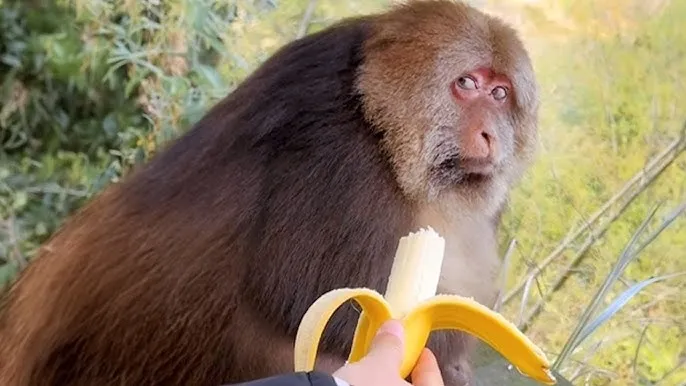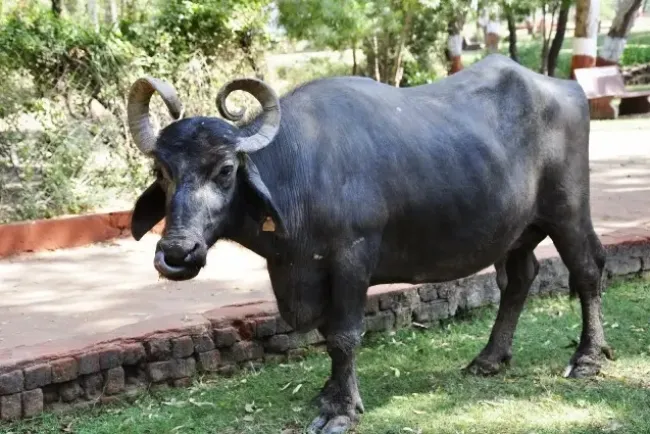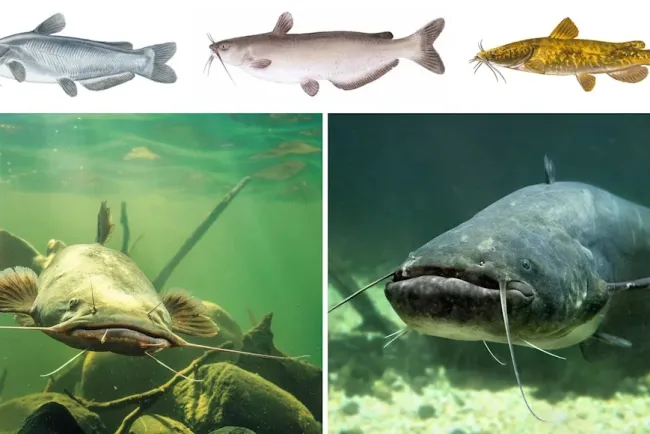Monkeys: Fascinating and Intelligent Primates...!!!
Monkeys are captivating and highly intelligent animals that belong to the primate order, which also includes apes and humans. They are distinguished by their diverse species, various sizes, and wide range of behaviors. Monkeys are found across the globe, inhabiting ecosystems such as tropical rainforests, savannas, and mountainous regions. Their unique adaptations and complex social structures make them one of the most intriguing groups of animals on Earth.

Classification and Species Diversity
Monkeys are broadly divided into two groups: Old World monkeys and New World monkeys.
Old World Monkeys
Old World monkeys (Cercopithecidae) are native to Africa and Asia. They have narrow, downward-facing nostrils and lack prehensile tails. Their hands and feet are well-adapted for grasping, and they have well-developed thumbs. Some well-known species of Old World monkeys include:
-
Baboons: These large, ground-dwelling monkeys are known for their distinctive snouts and strong social hierarchies. They inhabit open savannas and woodlands in Africa.
-
Macaques: Found in Asia and North Africa, macaques are highly adaptable and can live in diverse environments, from tropical forests to urban areas. The Japanese macaque, also known as the snow monkey, is renowned for its ability to withstand cold temperatures.
-
Colobus Monkeys: These leaf-eating monkeys are characterized by their distinctive black-and-white or red fur. They are arboreal and have specialized stomachs for digesting leaves.
New World Monkeys
New World monkeys (Platyrrhini) are native to Central and South America. They have broad, outward-facing nostrils, and many species possess prehensile tails, which they use for grasping and hanging from branches. Some notable species of New World monkeys include:
-
Capuchin Monkeys: Known for their high intelligence, capuchins are often observed using tools to obtain food. They have a prehensile tail and are commonly found in tropical rainforests.
-
Howler Monkeys: Famous for their loud vocalizations, howler monkeys use their voices to communicate and establish territory. They have a prehensile tail and are primarily folivorous.
-
Spider Monkeys: These agile monkeys have long limbs and a prehensile tail, which they use for brachiation, or swinging between trees. They have a highly social structure and live in large groups.

Behavior and Social Structure
Monkeys exhibit a wide array of behaviors and social structures, which can vary significantly between species. Most monkeys are social animals that live in groups known as troops or bands. These groups can range from a few individuals to several dozen members. Social structures within monkey groups can be complex, with established hierarchies and roles.
-
Grooming: Grooming is a vital social activity for monkeys. It helps strengthen bonds between individuals and maintain social harmony within the group. Grooming also serves to keep their fur clean and free of parasites.
-
Communication: Monkeys use various forms of communication, including vocalizations, facial expressions, and body language. They can convey a wide range of emotions and intentions, such as aggression, submission, and affection. Vocalizations can include calls, screams, and barks, depending on the species.
-
Tool Use: Some monkey species, particularly capuchins and macaques, are known for their ability to use tools. They use sticks, stones, and leaves to obtain food, such as cracking nuts or extracting insects from crevices.
Diet and Foraging
Monkeys have diverse diets that can include fruits, leaves, seeds, insects, and small animals. Their diet can vary depending on their habitat and the availability of food sources.
-
Frugivores: Many monkeys, such as spider monkeys and capuchins, primarily consume fruits. They play a crucial role in seed dispersal, which helps maintain the health of their ecosystems.
-
Folivores: Some monkeys, like howler monkeys and colobus monkeys, primarily eat leaves. They have specialized digestive systems that allow them to break down the tough cellulose in plant material.
-
Omnivores: Baboons and macaques have a more varied diet that includes fruits, leaves, insects, and small vertebrates. Their adaptability allows them to thrive in diverse environments.
Conservation and Threats
Despite their adaptability, many monkey species face significant threats due to habitat destruction, hunting, and the illegal pet trade. Deforestation and habitat fragmentation have led to population declines and increased the risk of extinction for several species. Conservation efforts are crucial to protect these animals and their habitats.
Organizations and governments worldwide are working to establish protected areas, enforce anti-poaching laws, and raise awareness about the importance of conservation. Additionally, captive breeding programs and wildlife sanctuaries play a vital role in preserving endangered monkey species.
Conclusion
Monkeys are a diverse and intelligent group of primates that exhibit a wide range of behaviors, social structures, and adaptations. Their presence in various ecosystems highlights their ecological importance and the need for conservation efforts to protect them. By understanding and appreciating the complexity of monkey societies, we can better advocate for their conservation and ensure their continued survival in the wild.
What's Your Reaction?

















